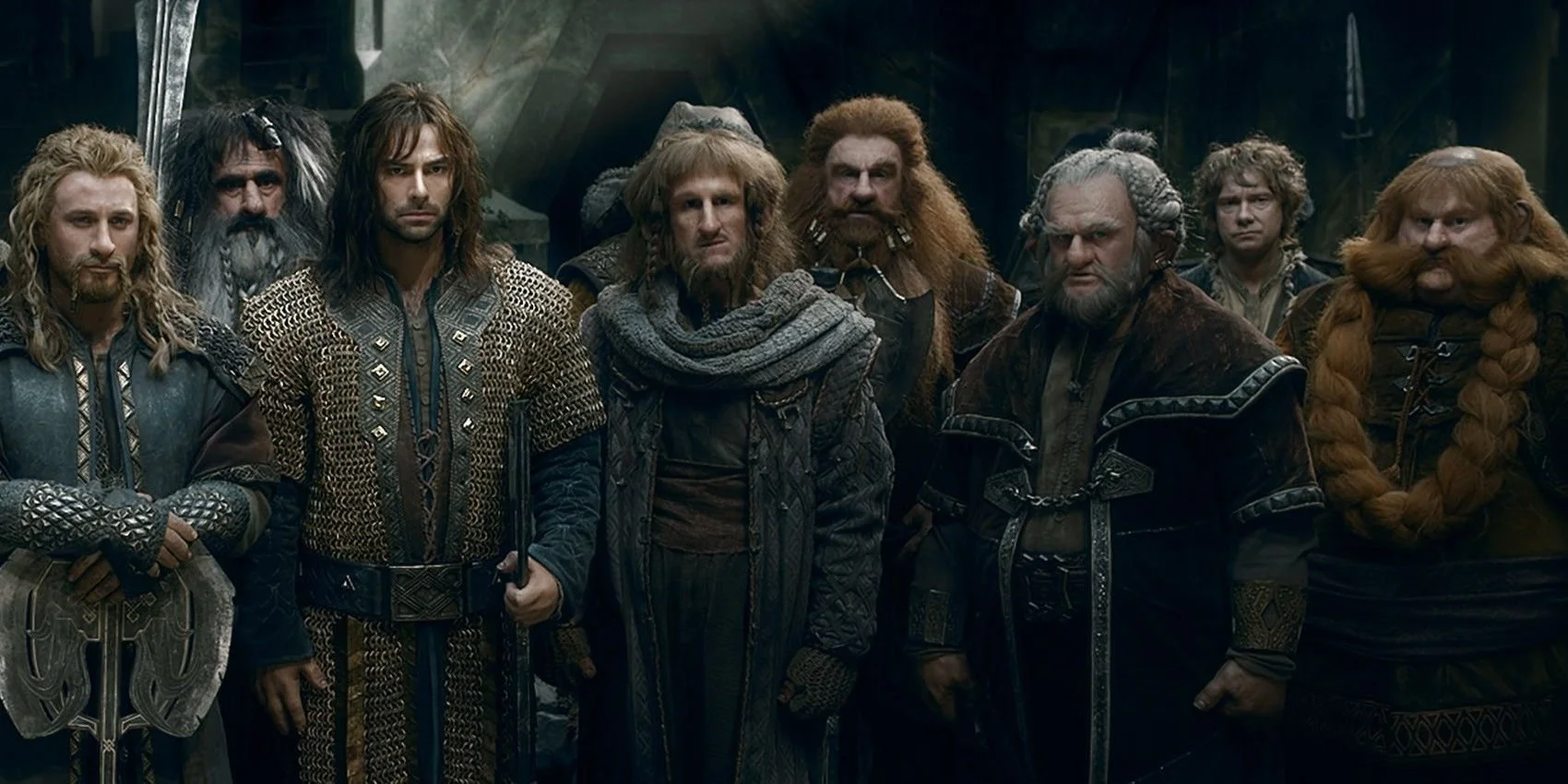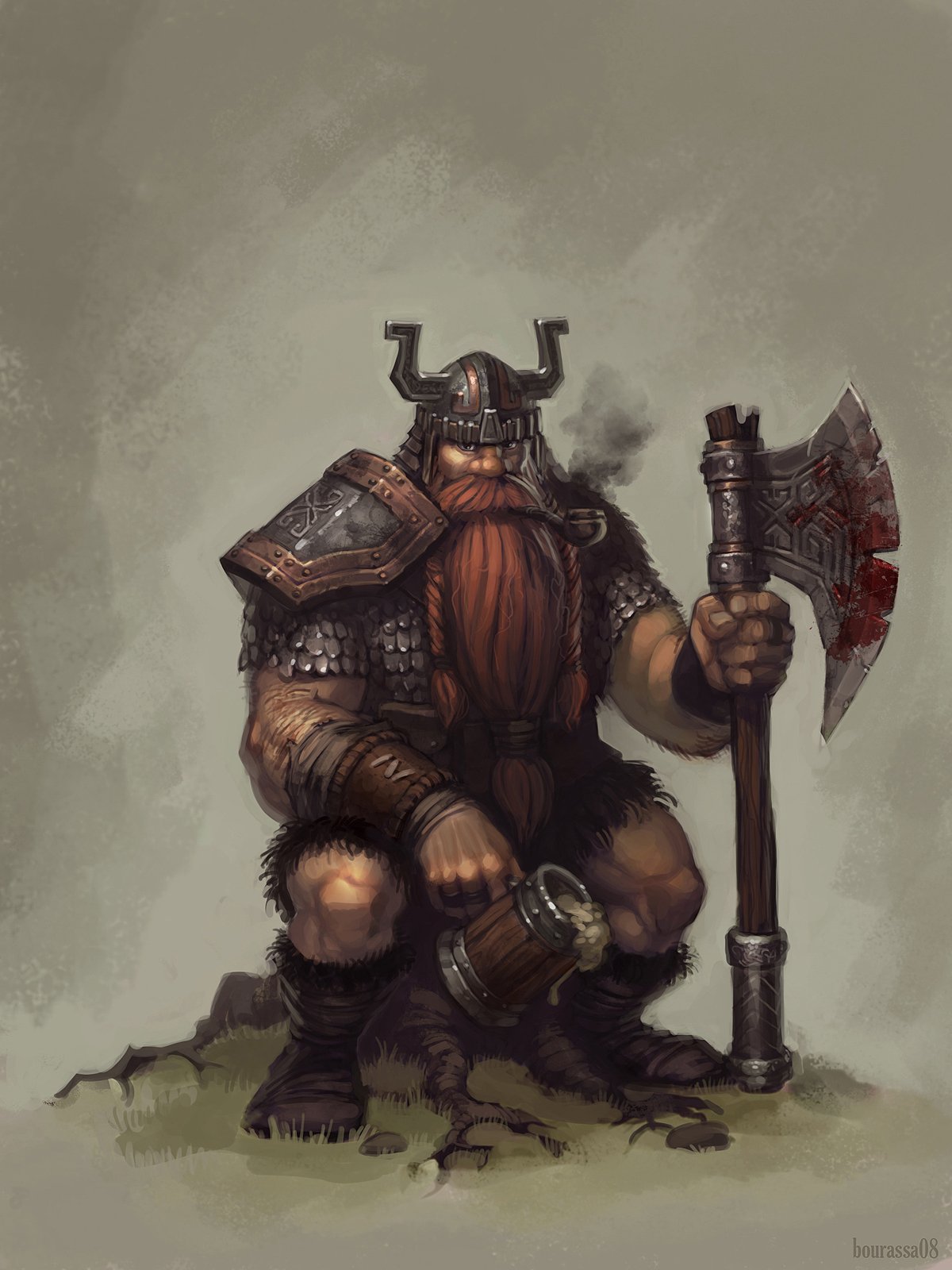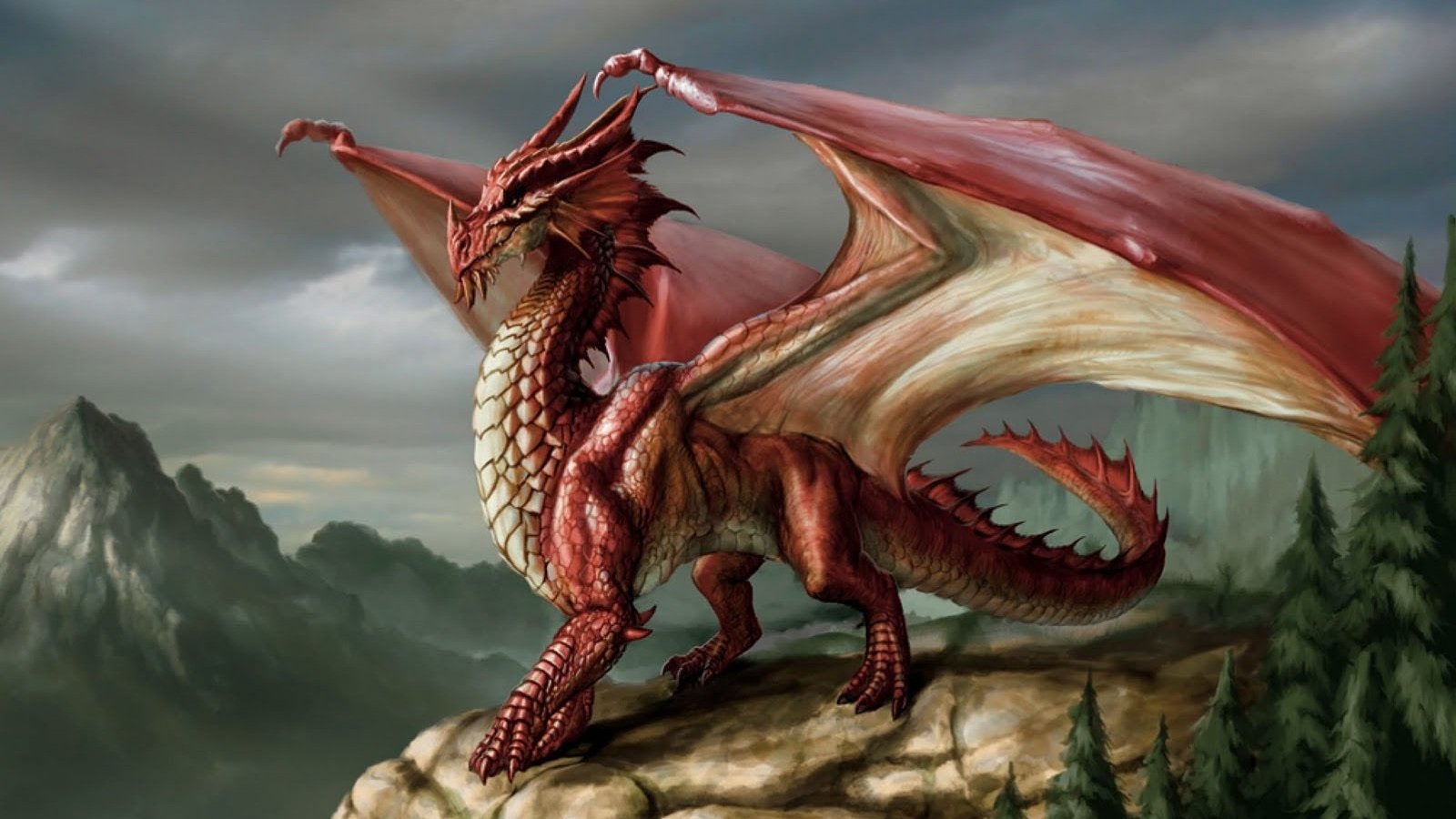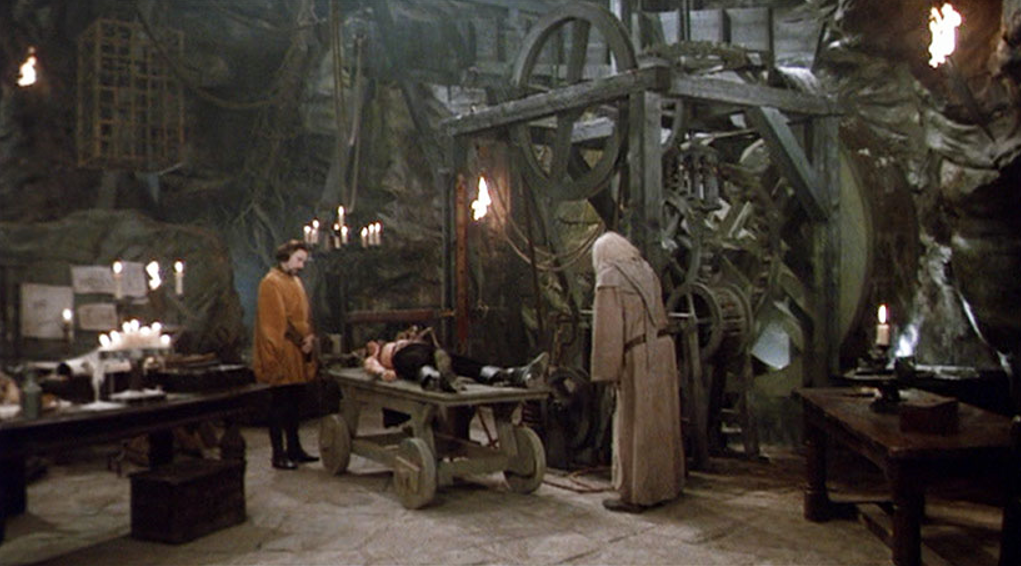Skinwalkers: Friends by Day, Enemies by Night
/Skinwalker, Mateus Roberts
There are very few creatures in fantasy that are genuinely petrifying. Sure, seeing a troll or an elf when you’re out and about might be shocking, but most of these critters look more goofy than scary. The skinwalker, however, has got to be one of the scariest mythical beings.
They’re so terrifying, in fact, that many people refuse to even say the word in fear of drawing attention to themselves. Even publishing information about skinwalkers is said to be enough to attract one (I’m praying to God that one’s just a rumor).
What is a Skinwalker?
Originating from the Navajo tribe, skinwalkers are believed to be dangerous and horrifying witches. During the day, they disguise themselves as members of the tribe, but at night, will turn on their people. When nightfall hits, these witches will dress in animal skin to disguise themselves, actually transform into the animal or use dark magic to occupy the body. Then, they search for their next victim.
The scariest part about skinwalkers, however, is not their disfigured, emaciated animal-like bodies or their burning and lifeless eyes. The scariest part about skinwalkers is how human they can be.
Not only do they have the ability to look human, but skinwalkers can also sound human. In fact, this is how they get their victims into a vulnerable enough position to attack.
Much like vampires, skinwalkers can’t enter a house without being invited by the resident. Because of this, they will mimic the sounds of people or animals in distress in order to entice their victims into the open, giving them the perfect opportunity to attack.
A Skinwalker, Vollelune
That being said, I think the most impressive thing about skinwalkers is that they can actually imitate the voices of people you know. So, if you’re far from home and hear your dad call out to you in the middle of the night, it might be best to ignore it and head back inside. Besides, if the next words out of his mouth aren’t demanding that the oil in your car needs changing, it’s probably not him anyway.
How to Kill a Skinwalker
Unfortunately, there are very few ways to kill a skinwalker. The first is magic, though this is incredibly difficult to execute. Shooting a skinwalker in their animal form with a bullet dipped in white ash can also kill them. Some even claim that a silver knife or bullet to the heart can be fatal, much like werewolves. The most consistent way to kill a skinwalker is by saying their full human name, though it can take days for this to take effect.
Of course, if you’re having a face-off with a skinwalker, you’re not likely to win. That’s why I’m here! To improve your chances of survival, I’ve listed a few ways to prevent having a 1v1 with one of these beasts.
How to Survive a Skinwalker
If your area has had sightings in the past, don’t leave your house after sundown.
If you hear your name being called at night, don’t respond, and don’t follow the sound.
If you spot an animal acting strangely (walking stiffly, looking emaciated, staring, not being startled by loud noises), don’t engage. Head back inside immediately.
If you hear something moving in the trees at night, don’t look. If they notice you staring, they will mark you.
If you hear someone calling out in distress, don’t look for them. Call the authorities and head back inside.
Keep your windows and curtains shut at night.
If you see a pair of glowing eyes looking at you, don’t look back.
Don’t whistle at night. This will only attract them.
Skinwalker, David Ferreira
While I hope that these tips won’t be necessary, it’s always better to be prepared. The world can be a scary place, and the nighttime is a free-for-all for creatures like these.
It should also be noted that while some people still deny their existence, the skinwalker is a part of Navajo culture and their beliefs should still be respected, regardless of whether or not you believe them. After all, the Navajo people have been here around 500 years longer than us, so if anyone knows the horrors that lurk at night, it’s them.
Madison Costeira
Maddy is a professional writing student at Algonquin College and an aspiring writer. She’s a certified procrastinator, overthinker, and owner of a depressing amount of cats (remember: two’s a party, three’s a crowd).



















































